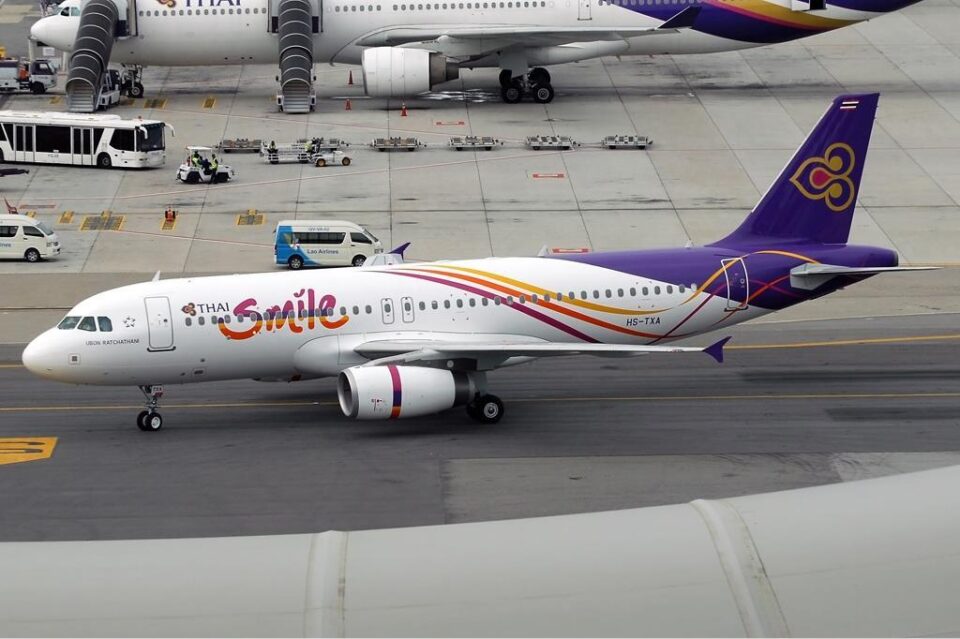The Thai Airways Group plans to eliminate Thai Smile in the future by integrating the regional brand into mainline operations in order to cut operating costs.
If you didn’t hear, the Thai Airways group announced in late May that Thai Smile would become a part of the mainline Thai Airways brand. By boosting aircraft utilization and daily flight hours while lowering overall operational expenditures. When will the Thai Smile company no longer exist?
An efficient process
While the integration of regional airline SilkAir into Singapore Airlines took almost three years, the integration of Thai Smile into Thai Airways appears to be going considerably more quickly.According to Thailand Business News, there is no set date for the transfer to take place in 2023. The website Loyalty Lobby, however, provides a little more information by stating that the merger might take place as early as the end of this year. If the shift is completed by December 2023 as assumed, it will have taken just seven months from the announcement to the end, which is substantially shorter than similar movements with other carriers.
Savings are what’s causing the transformation.

The 20 Airbus A320-200s owned by Thai Smile will be incorporated into Thai Airways’ regular fleet in order to save money and operate more effectively.
The business anticipates that the combination will increase daily flight hours by 11 thanks to better aircraft utilization rates, while reducing operational costs by up to 20%. Thai Airways’ average daily use was between 12 and 13 hours, according to Thailand Business News, although Thai Smile’s average was about nine flight hours. This comparison is somewhat misleading because Thai Airways’ aircraft generally fly long-haul routes and spend much more time in the air than do Thai Smile’s shorter regional flights, which would therefore require more frequent airport turnarounds.
However, Thai Airways is certain that the change will enable it to increase the number of local and foreign routes it serves while also expanding its nighttime operations.
A rising pattern?
Several regional affiliates have merged with their primary parent carriers during the past few years, including, but not limited to, Cathay Dragon with Cathay Pacific and SilkAir with Singapore Airlines. Most recently, Westjet, Canada’s second-largest airline, stated that it will be dissolving the Swoop brand. Notably, this is only five years after the launch of the low-cost carrier.
Simple Flying investigated this trend and the reasons why it wasn’t successful for large airlines as long back as 2019. In addition to confusing air travelers with connecting flights, some unions objected to the redistribution of responsibilities to less-qualified workers who were paid less and lacked expertise. The carriers themselves are not scalable for low-cost operations, either.
Premium connecting travelers still desire lounge access and first-class facilities, but low-cost or regional subsidiaries might not be able to handle this volume of passengers.




